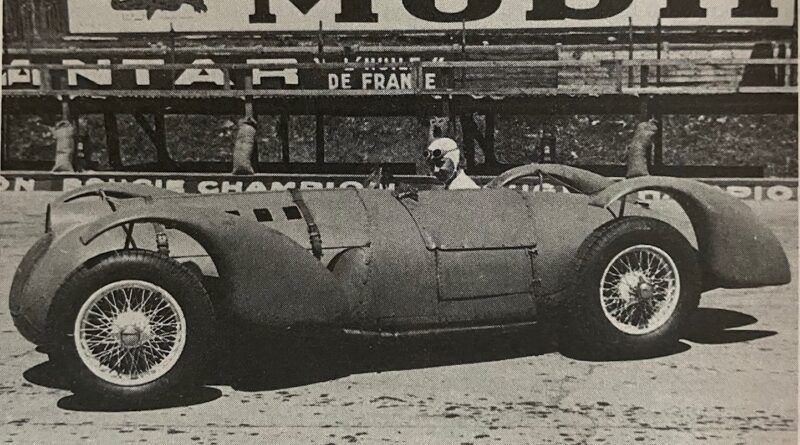Auto Racing is Always About Harder, Faster, Longer
He wasn’t supposed to win. Against the mighty racing teams of Mercedes and Auto Union he was, at best, an afterthought. The Third Reich had made it a point of demonstrating Arian supremacy by pouring millions of Deutsch Marks into developing formidable racing machines, dwarfing the resources and investments other countries were making. For the past five years Germany had no peer in international auto racing. Any race they entered became a foregone conclusion as to who the winners would be. The only question was if would it be an Auto Union (today’s Audi) car or a Mercedes?
Neal Bascomb is a writer of historical narratives – true accounts of history based on diligent research told with the suspense of a fictional story. When I realized “Faster” was written by Neal I knew I had to read it. I had read “The Winter Fortress,” his WW II account of Norway’s and America’s missions to sabotage the Nazi takeover of Norway’s heavy water production for their nuclear bomb research. “Faster” is the improbable 1930s story of a prominent Jewish Grand Prix racing driver and a rich American heiress. Driver Rene Dreyfus and patriarch Lucy Schell combine to steal Grand Prix wins from the Germans, and provide a spark of hope for France during the tense days before WW II. It’s a great read.
I already knew something of this story, as I saw one of the two surviving Delahaye 145s in 2015 at the Pebble Beach Concours. It no longer has a race car body on it, as it now boasts absolutely gorgeous Franay coachwork commissioned for the car in 1945. You can read more about the car here: 1937 Delahaye 145 Franay Cabriolet.

I have come to love historical narratives because they bring to life the drama, the personalities and the coincidence of chance and timing that so often shape major events. An author’s ability to color and enliven history is a real talent, and Neal Bascomb has it. Interviews with those who were there gives the events charm and excitement. I find myself starting to take sides and root for certain people. The challenges and the mores of the period also become real. We can sit back and make judgements, but a good telling helps us to really understand how things were, how different social norms were, what was considered acceptable behavior, and all that.
When you begin reading more and more of these histories, creating mental linkages between them really becomes fun. Read The Jazz Age Rat Pack and the 1926 Bentley 6-1/2 Liter “Woolfe” Speed Six. Faster is a story of the 1920s and 30s. The books I’ve recently read about Bentley’s auto racing and production history, The Bentley Boys, and The Boys in the Boat all paint a picture of a very dynamic, exciting, even wild west kind of period in history. Books like Beneath a Scarlet Sky, The Boys In The Boat, The Last Lap, The Other Bentley Boys, Racing in the Dark, Full Throttle, The Bentley Days – all of them add a richness and background to the period one cannot get by reading a history book or an accounting of what happened. We need to know the stories to understand. It needs to be personal. That’s probably why I also enjoy biographies and memoirs – it’s life!
It’s the immersion into the moment I love. The stories, the struggles, the tragedies; the victories, the redemptions, the courage; the reflection, the retrospection, the knowing from the living that comes after. Unless you were there, unless you lived it, these narratives are as close as we can get to being part of it, to experiencing the agony and the ecstasy of living then. Incredible journeys. They inspire me to do more.




